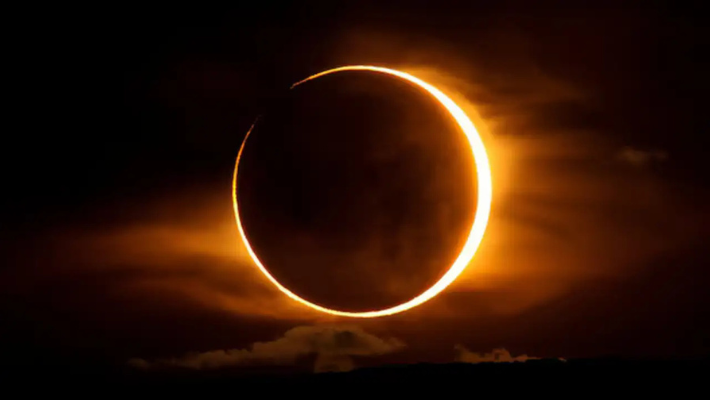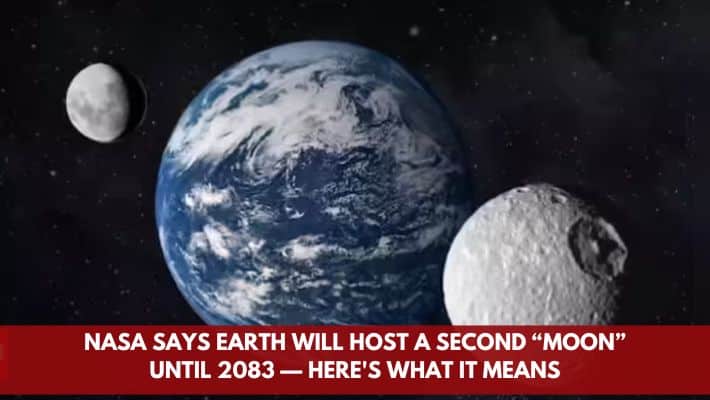September 21, 2025 Partial Solar Eclipse: Timing, Visibility, What to Do & What to Avoid
Solar Eclipse 2025 (Last of Year): Mark your calendar for the last solar eclipse of 2025 on September 21, a partial eclipse visible from southern Australia, Antarctica, and parts of the Pacific. Read exact timing, where it can be seen, traditional beliefs, safety tips & remedies.
Solar Eclipse 2025 (Last of Year) – Date, Timing, Visibility & Safety Guide
The final solar eclipse of 2025 arrives September 21: here’s when, where, and how to safely witness the celestial spectacle and what tradition says to observe.
What & When — Eclipse Details
- The last solar eclipse of 2025 will be a partial solar eclipse on September 21, 2025.
- Global timing (in UTC):
- First penumbral contact (when the Moon’s penumbra starts touching the Sun): ~ 17:30:51 UTC
- Greatest eclipse (maximum coverage): ~ 19:43:04 UTC
- Last penumbral external contact: ~ 21:54:55 UTC
- Visibility: Mostly in southern Australia, New Zealand, Antarctica, and parts of the Pacific and Atlantic Oceans.
- In India: The eclipse will not be visible. It occurs after sunset in Indian times, so there is no direct viewing possible from most of India.
Why Partial, Not Total / What Makes It “Partial”
- A partial solar eclipse means the Moon covers only a portion of the Sun, not fully blocking it. The path of the Moon’s shadow (umbra) does not fall on Earth’s surface in a way to create totality.
- Eclipse magnitude is ~ 0.855 (i.e. ~85.5% coverage where observable) with obscuration ~79.7%.
What to Do / What Not to Do (Safety & Traditions)
What to Do
- Use proper eye protection — Solar eclipse glasses or special solar filters for binoculars/telescopes certified to the standard (e.g. ISO 12312-2). Never view the Sun directly without protection.
- Know your local times & visibility — If you’re in the path of visibility, check your local timing for start, peak, and end. Outside the path, follow live streams from astronomy organizations.
- Plan to observe environmental cues — Partial eclipse can change light conditions, animal behavior, temperature. They can be interesting to observe.
- Protect children & sensitive eyes — Ensuring no one looks directly without protection, especially kids.
- Respect traditions if applicable — Some people perform rituals, prayers, or fasts during eclipses (Surya Grahan) depending on cultural or religious beliefs. Prepare accordingly if you observe such practices.
What Not to Do
- Don’t use regular sunglasses — Not safe at all; they do not block enough solar rays.
- Do not look at the Sun with naked eyes during any phase of the eclipse (unless totality, which this one is not).
- Avoid cooking or eating during the eclipse — In some traditions, food is not cooked or consumed during the eclipse period.
- Do not step outdoors unnecessarily with eyes unprotected during eclipse hours.
Cultural & Traditional Remedies / Beliefs
- In many parts of India, Surya Grahan (Solar Eclipse) is considered inauspicious — people often take a bath before and after the eclipse.
- Food and water are sometimes kept covered; avoid offering food until after the eclipse.
- Chanting mantras, doing prayer or meditation during eclipse hours is common in some traditions.
- Many believe avoiding major decisions, travel, or business dealings during an eclipse period.
Astronomy & Science Angle
- Eclipses help astronomers refine models of the Moon’s orbit, Earth’s shadow, and test predictions.
- Also an opportunity for public science education — understanding eclipse geometry, relativity, etc.
Before vs After Eclipse Effects
| Aspect | Before Eclipse | During Eclipse | After Eclipse |
|---|---|---|---|
| Light / Environment | Normal daylight; preparation needed | Gradual dimming, unusual shadows, partial sunlight; noticeable drop in brightness | Return to regular daylight; reflection on experience |
| Human & Animal Behavior | Preparation, fascination | Distraction, awe; sometimes animals behave strangely (birds quiet, etc.) | Normal behavior resumes |
| Health / Eyesight | Precautions needed | Risk if no protection; eye damage is possible | Relief; check eyes if discomfort persists |
| Spiritual / Cultural | Observances, rituals begin | Peak rituals, fasting, prayer in many cultures | Purification (bath), resume chores after eclipse ends |
Exact Time by Location (Some Examples)
Here are example timings for some key regions where the eclipse will be visible. Times are approximate and vary by precise location (lat/long). Use local time converters.
| Location | Approximate Start | Maximum Eclipse | Approximate End |
|---|---|---|---|
| New Zealand (southern parts) | Early morning Sep 22 local time (~4–6 a.m.) | Near sunrise (~just after dawn) | Shortly after sunrise / morning hours |
| Australia (southern coast) | Early dawn hours, before sunrise | Some percent coverage during sunrise | Ends soon after sunrise |
| Antarctica | Long period of eclipse visibility depending on station location | Maximum in daylight period there | Ends when region rotates out of sunlight coverage |
Conclusion
The partial solar eclipse on September 21, 2025 marks the final solar eclipse of the year. Though not visible from India, it offers an extraordinary spectacle for regions in the Southern Hemisphere. By knowing the exact timing, observing safety rules, and respecting cultural traditions, one can appreciate this natural phenomenon fully. If you’re not in a visibility zone, you can still enjoy it via live streams and educational coverage.



